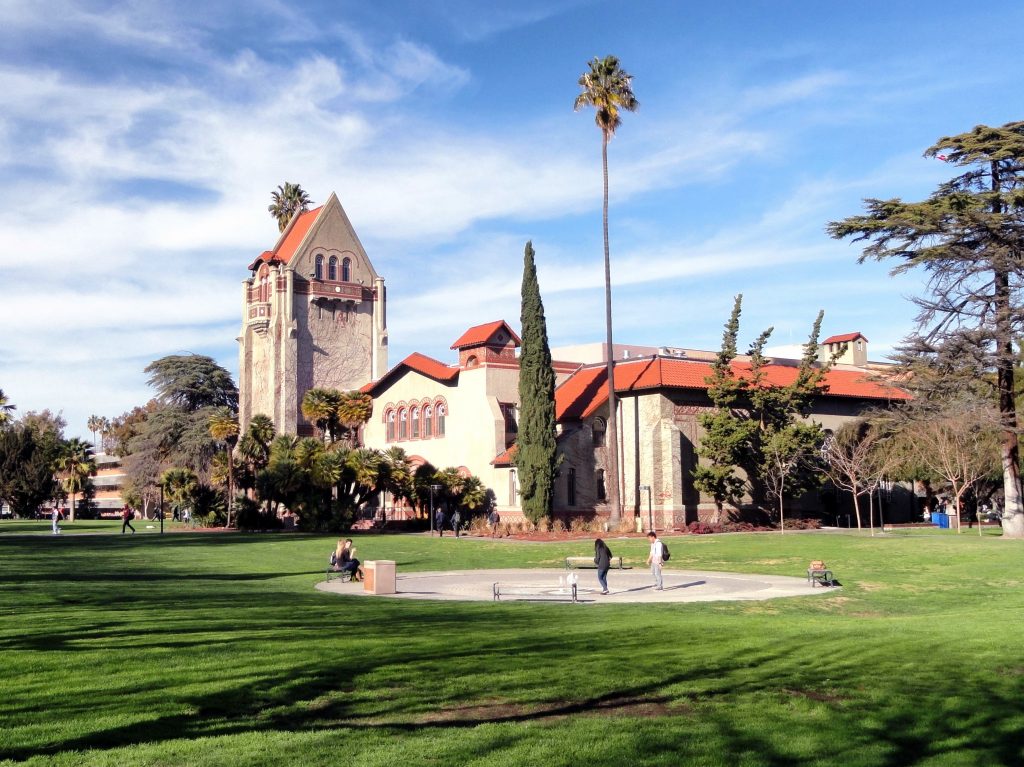A master's in America
What does the degree program look like?
The US higher education system has two graduate degrees: the master’s degree and the PhD degree. To be admitted to a graduate program, you need at least a US bachelor’s degree or an equivalent degree from another country. A master’s degree, unlike a bachelor’s degree, is specialized in nature. There are about 1,500 institutions in the US that offer the opportunity to earn a master’s degree in a wide variety of fields. A master’s degree in the US takes at least one year, but usually longer. Depending on the program, you should expect a duration of one and a half to three years.
Types of master’s programs
There are different types of master’s programs in the US. For example, a distinction is made between master’s programs that serve as preparation for practicing a profession – the professional master’s – and the more general training programs, the academic master’s. You compile your own study program by choosing subjects (courses) and working groups (seminars) within your field of study and within related fields of study, but it can also happen that your entire study program is already fixed. An American master’s degree is comparable to a Dutch master’s degree.

Vocational master’s
Vocational master’s programs lead to degrees where specialization is incorporated into the name. Vocational programs prepare students to practice a particular profession. Vocational programs are almost never concluded with a thesis. Most courses are concluded with an exam or other aptitude test. The requirements vary by institution and field of study.
Examples of professional master’s programs include:
- Master of Architecture (MArch)
- Master of Business Administration (MBA/Executive MBA)
- Master of Fine Arts (MFA)
- Master of Education (MEd)
- Master of Public Administration and Public Policy (MPA/MPP)
- Master of Public Health (MPH)
- Master of Social Work (MSW)
Some professional master’s programs, such as the MBA and the MEd, last one year. Other programs take two years.
Academic master’s programs
In many cases, academic master’s programs serve as preparation for further study (e.g., a PhD) or as preparation for teaching. These academic programs lead to the title of Master of Arts (MA) or Master of Science (MS). Academic master’s programs usually last two years and are completed with a thesis.
Doctor of Philosophy (PhD)
After earning a bachelor’s degree, you can apply for a master’s, or you can start directly with a PhD program in the US. Unlike in the Netherlands, in the US it is not always necessary to obtain a separate master’s degree before starting a PhD program. You can also apply directly to a PhD program. The first two years of a PhD program are similar to a master’s program. If you already hold a master’s degree in the field in which you want to pursue a PhD, you may be partially exempt from taking courses. Read more about starting a PhD.
How to go about it?
Before you begin your application, it is important to think carefully about why you want to study in the US and what you want to achieve through your studies. Finding a suitable American university requires good preparation. Enrollment at an American university differs substantially from enrollment at a Dutch university. You should take into account that it takes a lot of time, effort and money to complete your enrollment at an American university. It is wise to start preparing at least a year before you want to leave.


